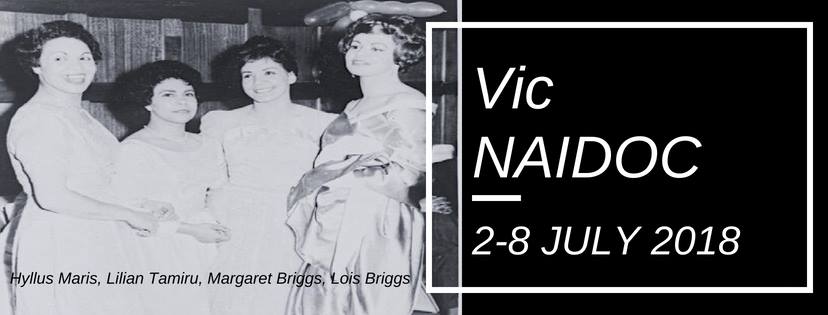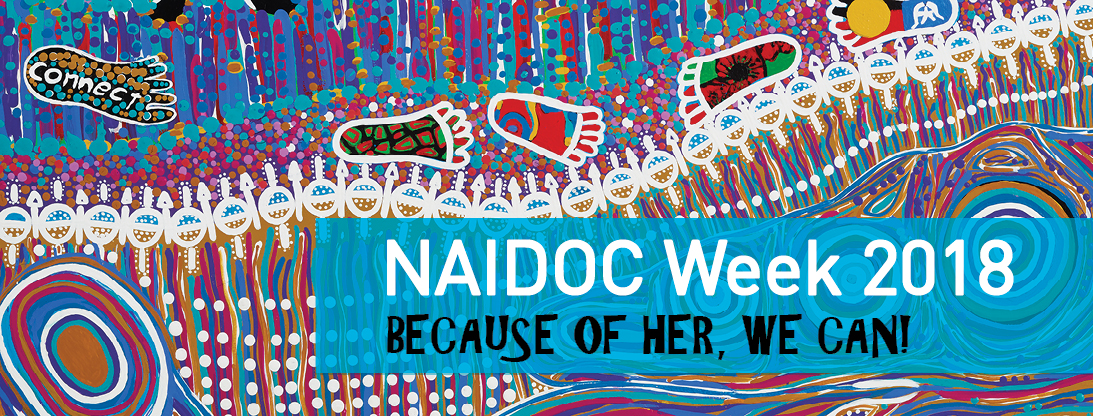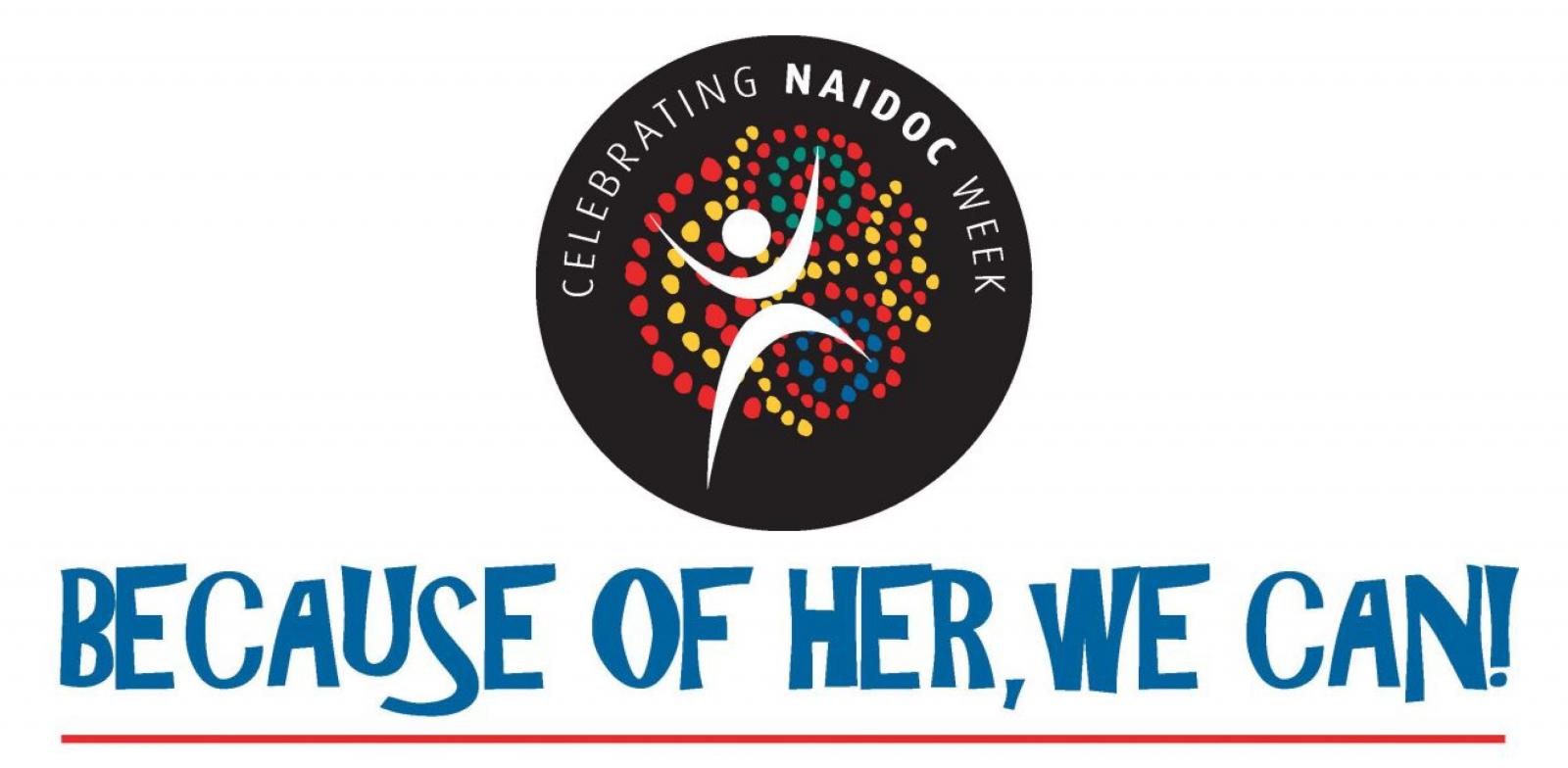Celebrating the invaluable contributions of Aboriginal and Torres Strait Islander women.
NAIDOC week is held every year in July to celebrate Aboriginal and Torres Strait Islander people, history, culture and achievements. In 2018, NAIDOC week will take place from July 2 – 8 in Victoria and from July 8 – 15 nationally.
To celebrate NAIDOC week, Deadly Story is honouring some of the amazing women who have worked to make the Victorian Koorie Community strong. You can view profiles of these deadly women using the two links below.
You can also read about the history of NAIDOC week, this year’s theme and the events taking place over the next two weeks in Victoria further down on this page.
A collection of profiles and interviews sourced by the Deadly Story team, celebrating the achievements of Aboriginal women here in Victoria.
Continuing the NAIDOC theme, this article contains profiles of some of the amazing Aboriginal women who have been recognised as Elders and leaders in their Community by the Victorian Aboriginal Honour Roll. Reproduced with permission from Aboriginal Victoria.
A short video explaining some of the key facts behind the creation and purpose of NAIDOC week celebrations.
History of NAIDOC
NAIDOC week traces its history back to the 1920s and the strong Aboriginal leaders from that period. At this time, our mob were resisting colonisation and discrimination using new tactics, including forming organisations, protests and marches, petitions and boycotts.
An important protest at this time was the 1938 Day of Mourning, organised by the Aboriginal Progressive Association (APA) of New South Wales with the support of the Aboriginal Advancement League in Victoria. On the 26th of January that year, many non-Aboriginal people were celebrating the 150th anniversary of the arrival of Europeans in Australia. The Day of Mourning was held in Sydney that day to protest colonisation, theft of land and the treatment of Aboriginal people by Australian governments.
The Day of Mourning was held in Sydney that day to protest colonisation, theft of land and the treatment of Aboriginal people by Australian governments.
Over 1000 people took part in a silent march through the streets of Sydney and members of the APA wore black to symbolise their mourning. After the march, the APA, led by Uncle Jack Patten and Uncle William Ferguson, held a conference for Aboriginal people. Some of the key leaders involved in the protest included Uncle William Cooper, Uncle Doug Nicholls, Aunty Margaret Tucker and Aunty Pearl Gibbs.
After the Day of Mourning, it was agreed that it should become a yearly event to continue to fight for the rights of our people. From 1940 to 1955, the Day of Mourning was held on the Sunday before Invasion or Survival Day.
After 1955, the day was moved to July and became a celebration of Aboriginal culture. The Committee that organised these celebrations was known as the National Aborigines Day Observance Committee (NADOC). In the 1990s, the Committee’s name changed to the National Aborigines and Islanders Day Observance Committee (NAIDOC). This became the name given for the whole week of celebrations.
More information about the history of NAIDOC week can be found at the links below:
- History of NAIDOC – National NAIDOC website
- Victoria NAIDOC Website
- Timeline: From the beginning of NAIDOC Week till now – NITV
- Day of Mourning - Australian Institute of Aboriginal and Torres Strait Islander Studies
25 young Indigenous leaders across year seven to nine wrote this song paying tribute to the strong resilient women of the community and paying homage to this years NAIDOC theme 'Because of her we can'.
Because of Her, We Can - Celebrating our Women
Each year, NAIDOC celebrations have a different theme. The theme for 2018 is Because of Her, We Can. This theme aims to celebrate:
the invaluable contributions that Aboriginal and Torres Strait Islander women have made – and continue to make - to our communities, our families, our rich history and to our nation.
DOWNLOAD OFFICIAL NAIDOC 2018 POSTER
With this theme, NAIDOC week aims to recognise the achievements of women – whether as leaders or as unsung heroes working behind the scenes – in our Community, throughout our history and today. Aboriginal women have always been at the forefront of our social and protest movements, fighting for change and supporting our people.
You can read the full statement from NAIDOC about this year’s theme here.




